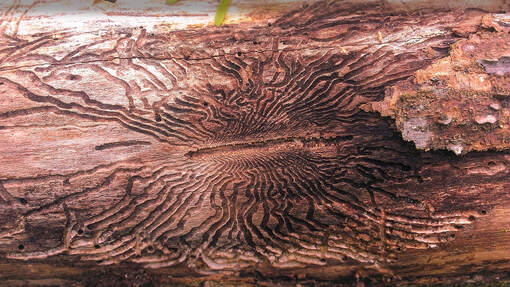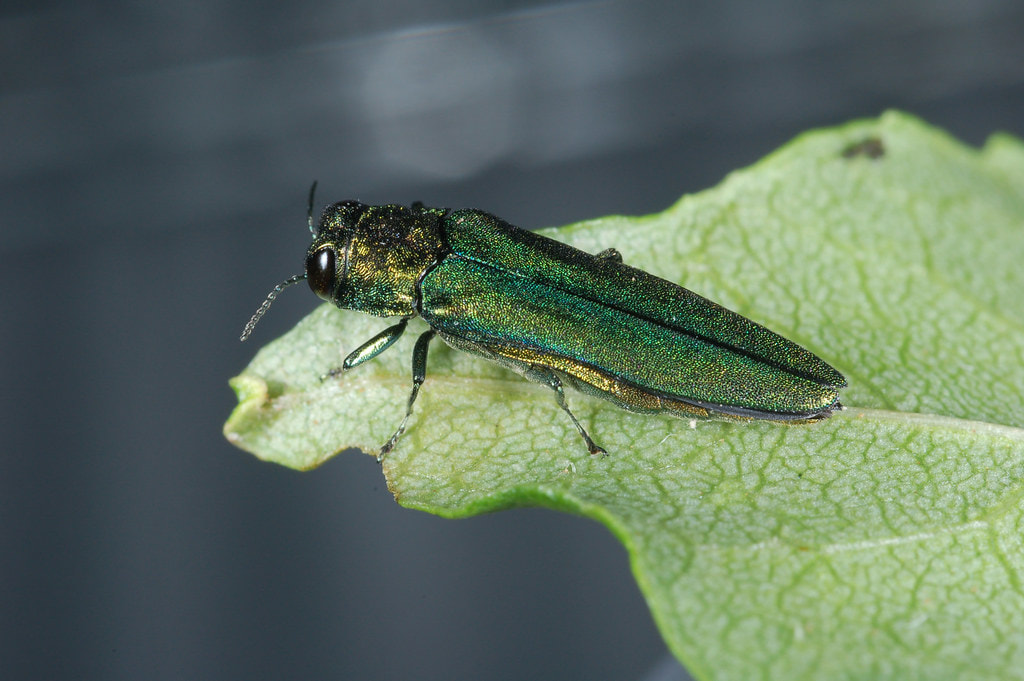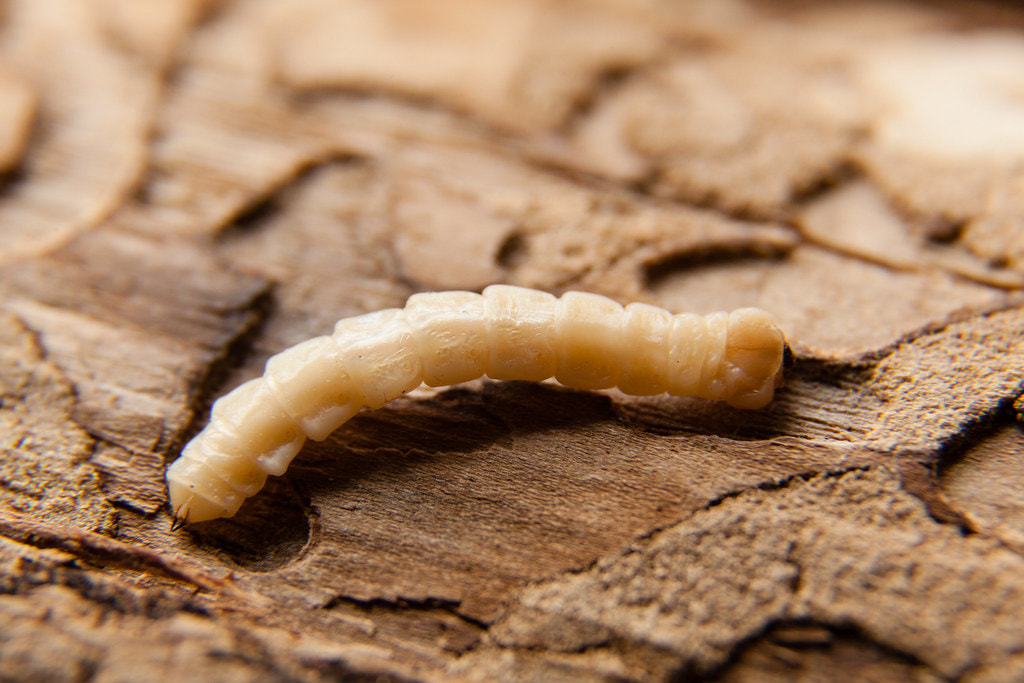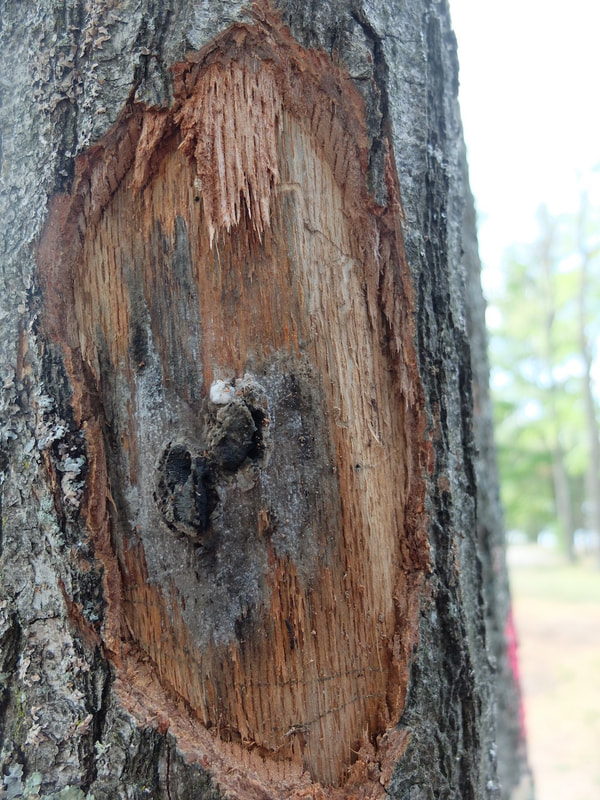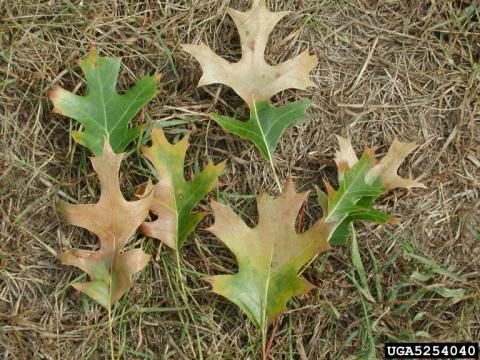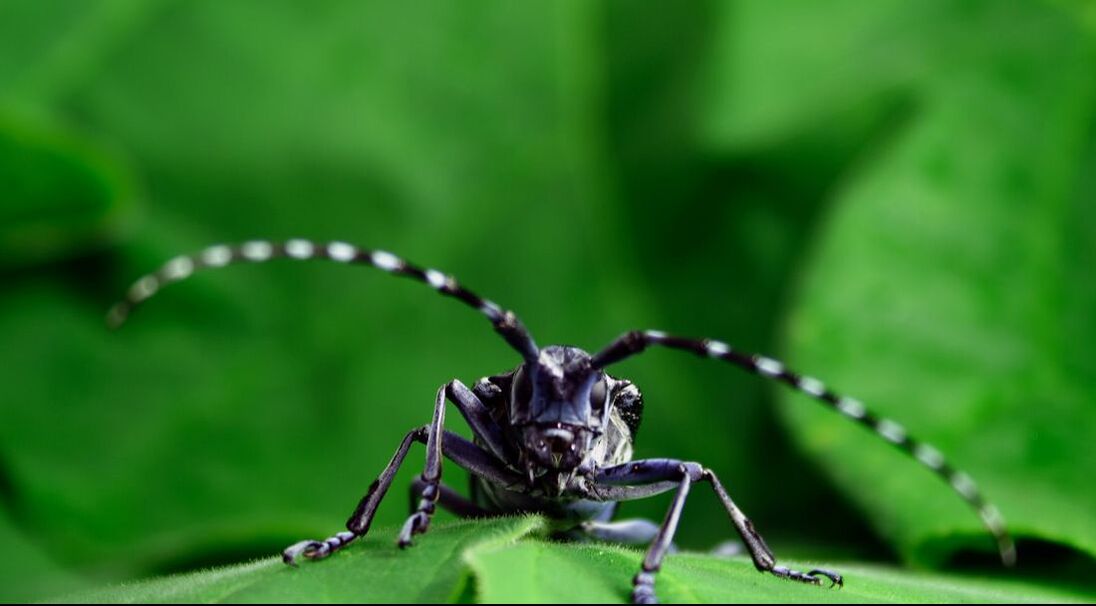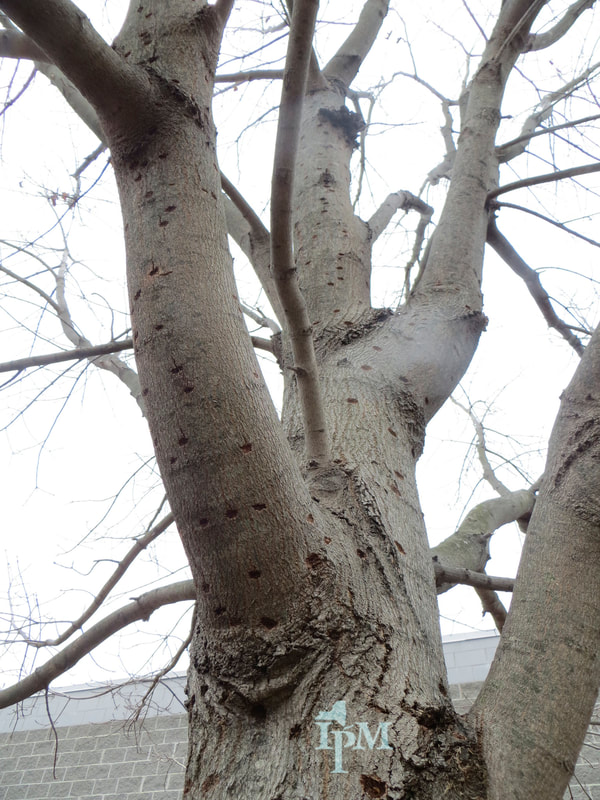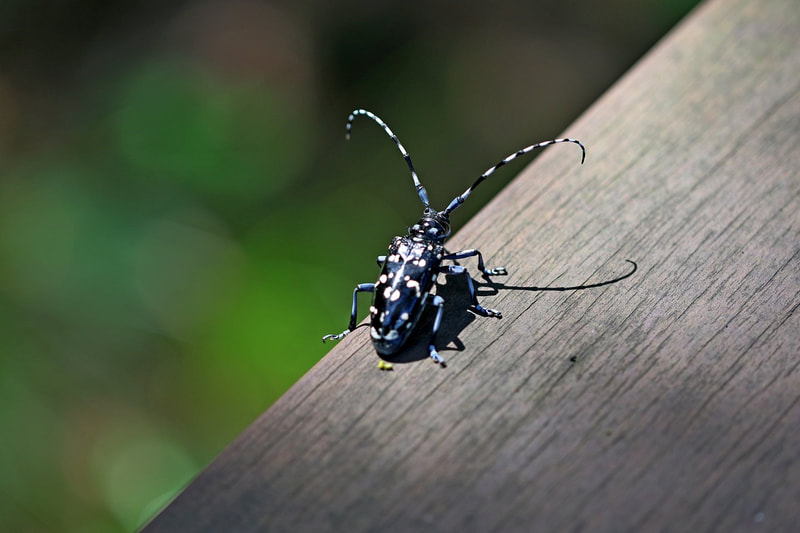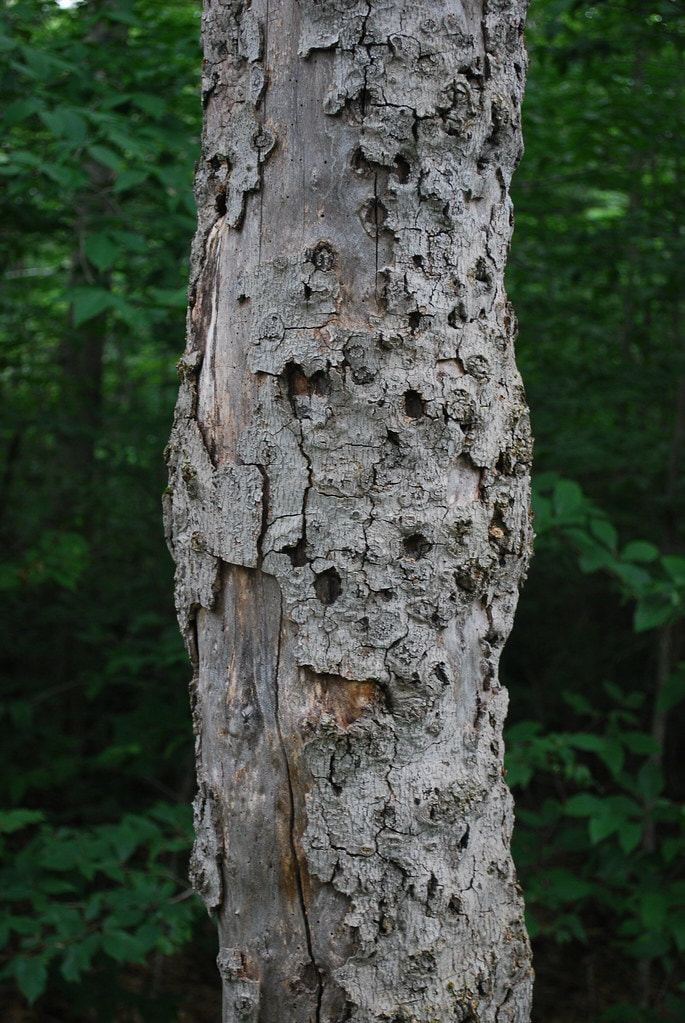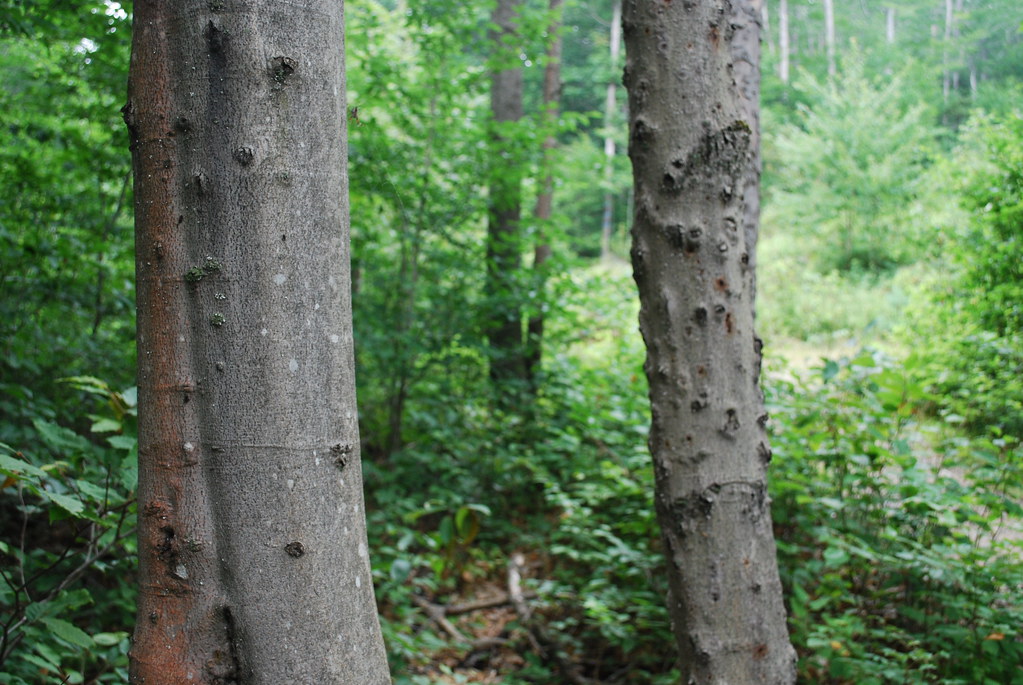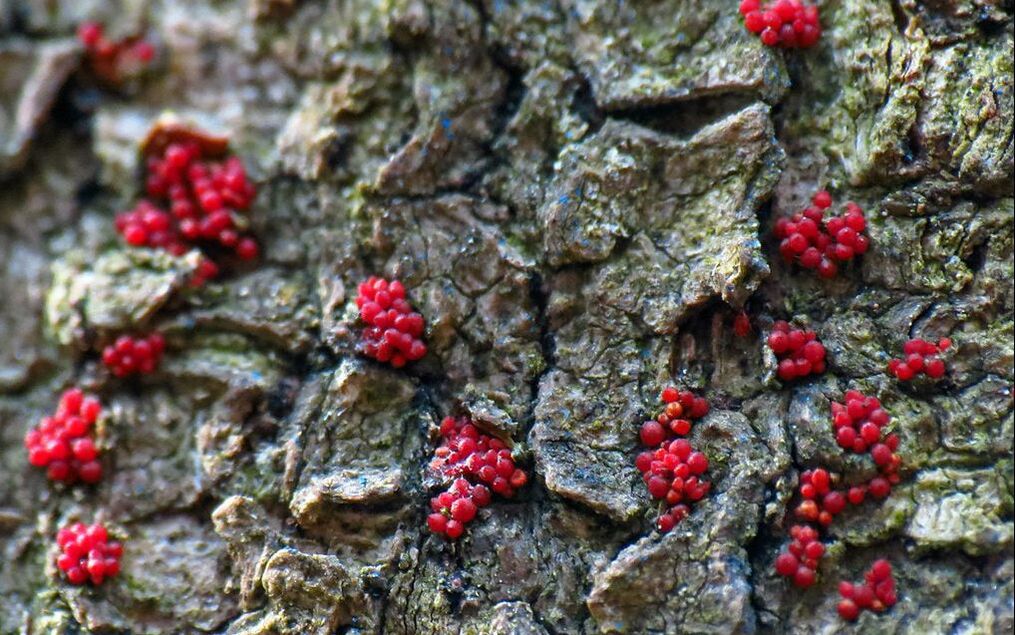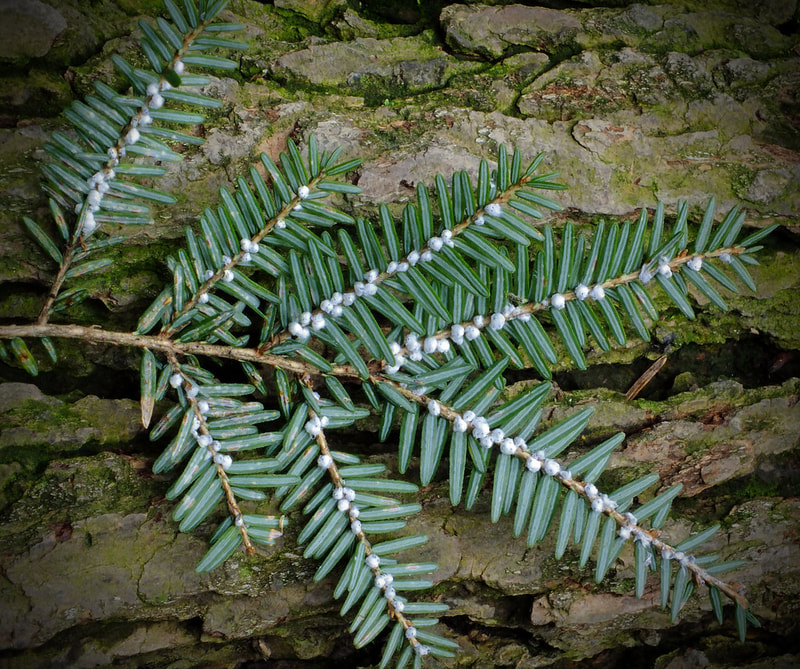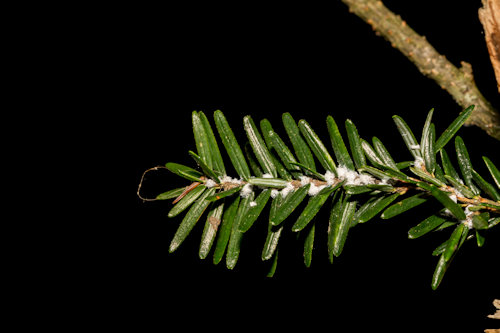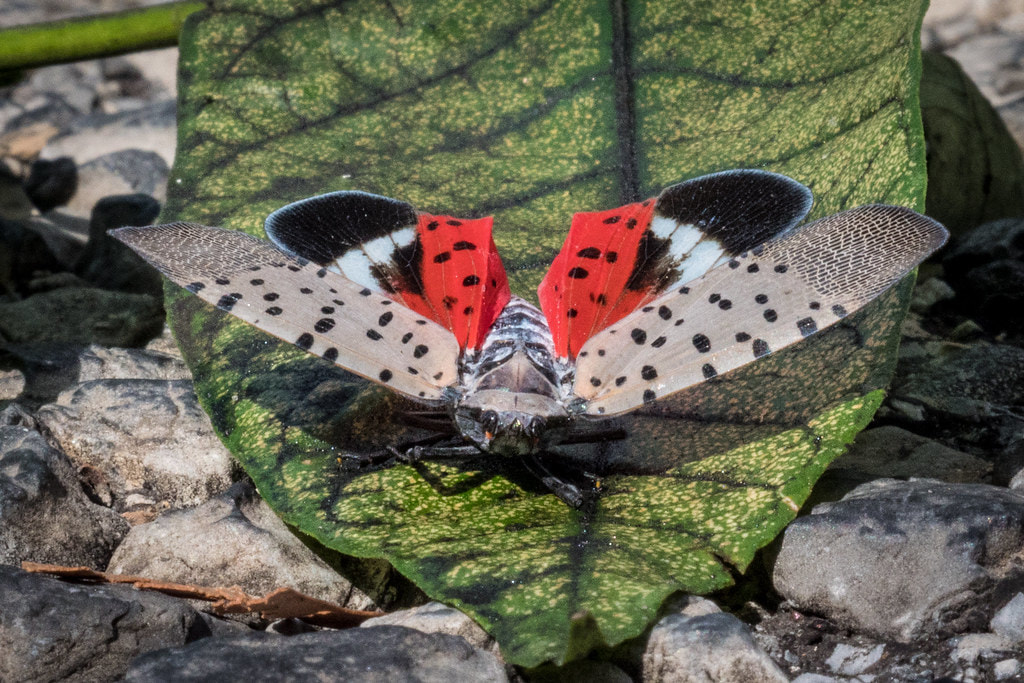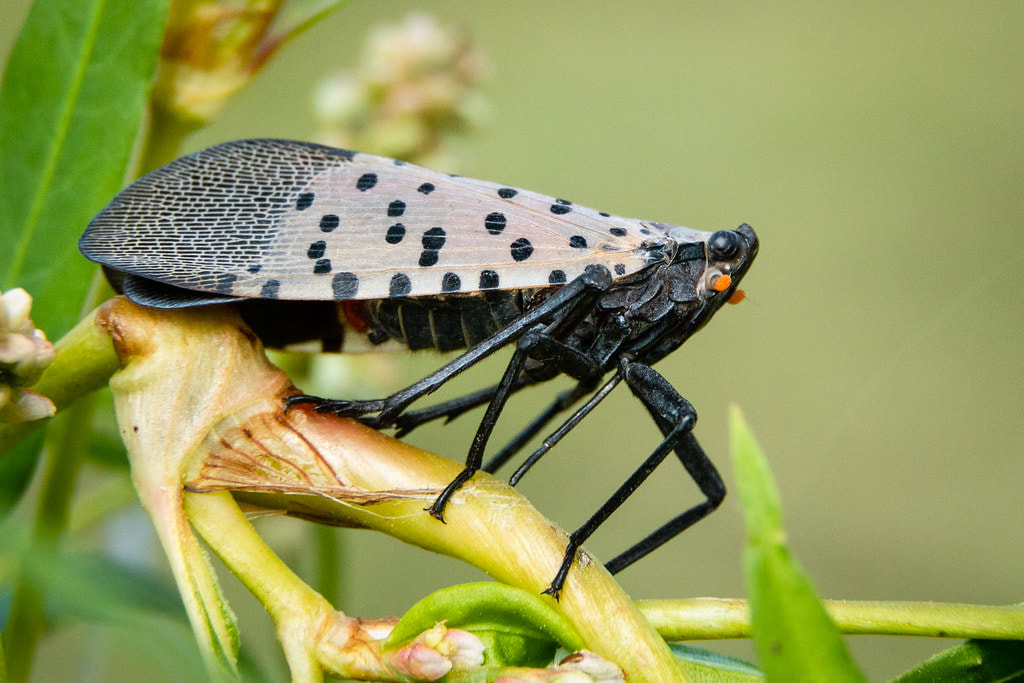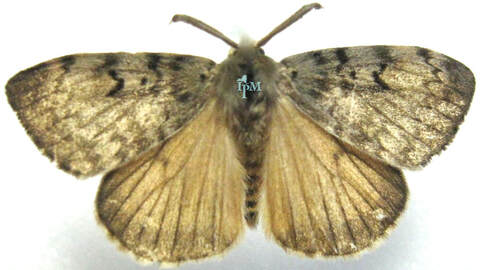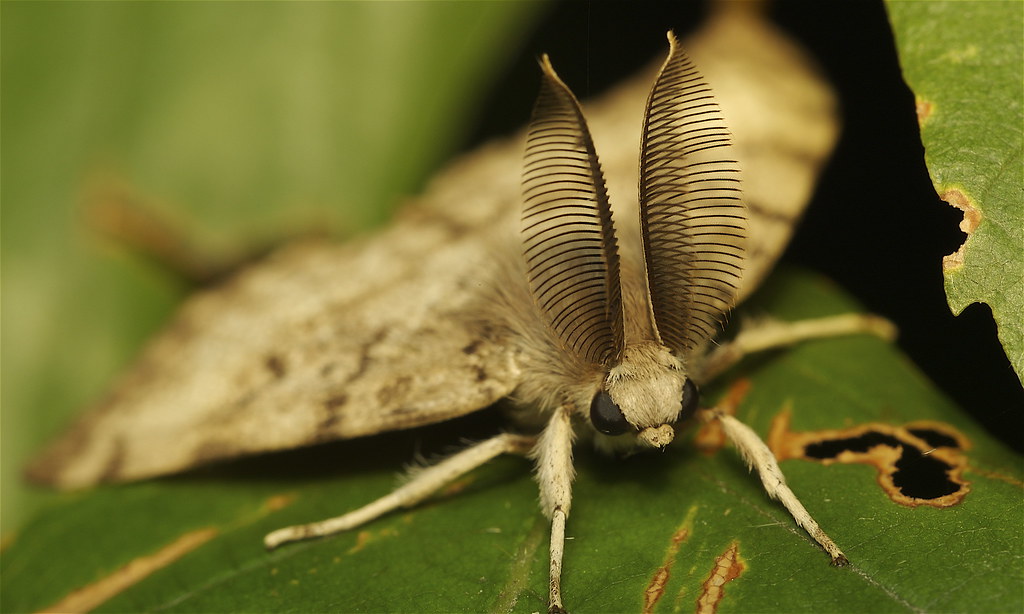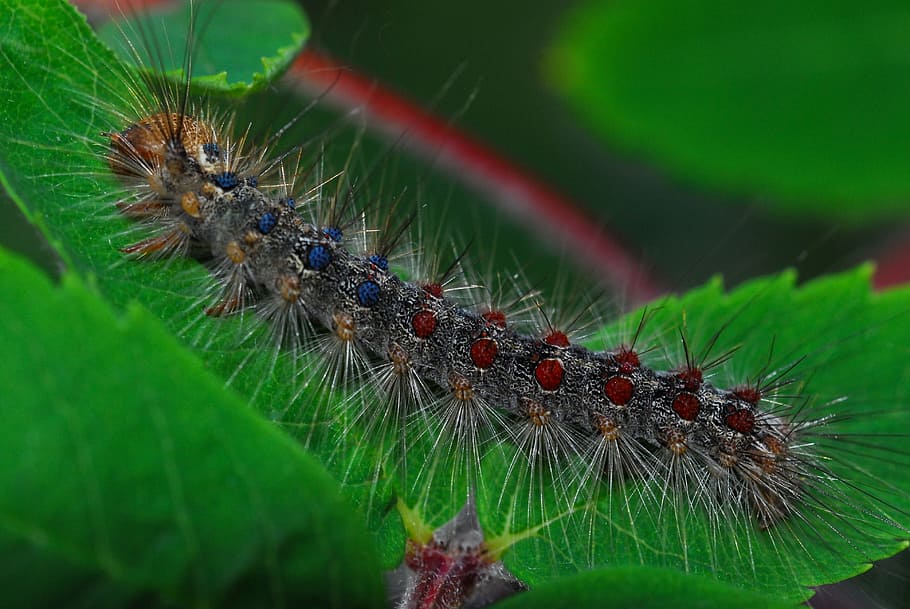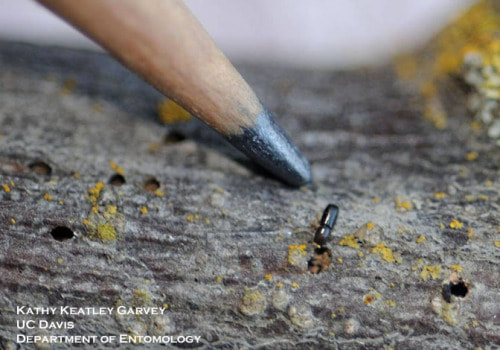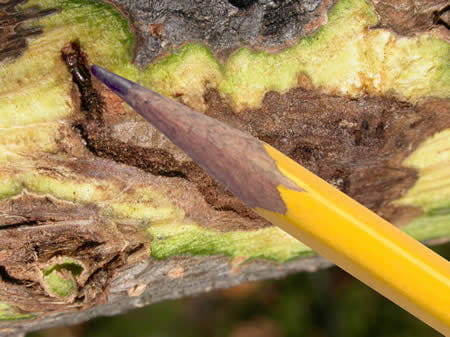|
Emerald Ash Borer
Overview The emerald ash borer is an exotic beetle native to Asia, and was likely brought to the US on solid wood packing material. While adult beetles cause little damage, mainly only nibbling on the foliage of ash trees, the larvae feed on ash trees’ inner bark, making it hard for the trees to transport water and nutrients. Since its introduction in the US in the early 2000s, the beetle has killed tens of millions of ash trees in Michigan. Identification Adult beetles are metallic green and about half an inch long. Larvae are wormlike. Be on the lookout for D-shaped exit holes in trees. Where has it spread? The emerald ash borer was first seen near Detroit in 2002. It has since spread to 35 states, including the Upper Peninsula Learn more |
|
|
Oak Wilt Overview Oak wilt is a fungal disease spread by beetles that feed on the sap of infected trees. The fungus infects water-carrying vessels of oak trees, leading to the tree’s death. While oak wilt primarily affects red oaks, white oaks are also susceptible. To help prevent the spread, DO NOT prune oak trees during the growing season (between April 15 and July 15). Identification Symptoms of oak wilt include wilting and browning of leaves, starting from the tips and edges of the leaves and progressing inward, and leaf drop. The fungus also produces pressure pads on the bark of the tree (shown upper left). Where has it spread? Oak wilt has been found throughout the Midwest, Northeast, and Southern US. A map of oak wilt sightings and confirmations in Michigan can be found here. |
|
Asian Longhorned Beetle
Overview The Asian Longhorned Beetled (ALB) is a destructive pest that feeds on and kills a variety of hardwoods, including maple, birch, elm, willow, and poplar. ALB larvae bore into tree trunks and branches, creating extensive tunnels and bark holes as they feed on the tree’s tissue; the larvae can stay in the tree for up to two years before emerging as adults. Identification Adult beetles measure about one to one and a half inches in length, and are a shiny black color with distinctive white spots on their backs. They have long antennae with alternating black and white segments. Where has it spread? Areas are currently under quarantine for ALB in Massachusetts, New York, Ohio, and South Carolina. So far, it has not been reported in Michigan. |
|
Beech Bark Disease
Overview Beech bark disease is caused by the interaction between two different organisms: a non-native scale insect called beech scale and a fungal pathogen called Neonectria. As beech scale feeds on the bark of beech trees, it creates wounds and openings that allow the fungus to infect the tree. The fungus kills wood tissue and prevents the transport of nutrients and water, leading to the tree’s eventual death. Identification The initial symptoms of beech bark disease include small, elongated cankers on the bark of the tree which grow and merge as the disease progresses. Once the fungus is established, red masses (shown bottom left) will appear. Where has it spread? Beech bark disease has been observed in the US since the late 1800s. It’s currently found in parts of eastern Canada and the US, including the Great Lakes region, New England, and the Appalachian Mountains. |
|
Hemlock Woolly Adelgid
Overview The hemlock woolly adelgid (HWA) is a tiny, invasive insect that feeds on the sap of eastern hemlock trees, draining them of water and nutrient stores and eventually killing them. Michigan is home to an estimated 170 million eastern hemlocks which are crucial to forest ecosystems, making adelgid infestations especially concerning. Identification While the insects themselves are almost impossible to see with the naked eye, they leave behind white, waxy, wool-like masses (similar in appearance to cotton) on the base of hemlock needles. These masses are usually less than a quarter of an inch and most easily seen in fall through spring. A helpful identification guide can be found here. Where has it spread? HWA has been found throughout the eastern US, including in parts of Michigan. |
|
|
|
Spotted Lanternfly
Overview The spotted lanternfly is an invasive species native to Asia that has caused devastation to crops and fruit trees, including apples, grapes, peaches, and citrus trees. Lanternflies feed on plants by piercing the tissue with their mouthparts, leading to stunted growth and possible death. They also excrete a sticky substance known as honeydew, which can attract other pests and cause additional damage to plants. Identification The spotted lanternfly is about half an inch in both height and width. In its early stages, its body is black with white spots. As adults, their forewings are grayish with black spots, while their hindwings are red with black spots and a white band near the edge. Where has it spread? While spotted lanternflies prefer warm, temperate climates, they have been detected in Michigan. |
|
Spongy Moth
Overview Formerly known as the gypsy moth, the spongy moth is an invasive species native to Asia, Europe, and parts of Africa. They lay their eggs on tree barks, giving rise to infestations of caterpillars that feed voraciously on the leaves of various tree species until they reach adulthood, leading to serious defoliation and tree susceptibility to other stresses and diseases. Repeated defoliation over several years can lead to tree death. Identification Males have brown wings with a feathery appearance, while females are white with dark markings. Caterpillars are black and covered in long, bristle-like hairs. In their later stages, the caterpillars have a reddish-brown or dark brown coloration. Where has it spread? Spongy moth infestations have been seen in Lower Michigan. |
|
|
Thousand Cankers Disease
Overview Thousand cankers disease (TCD) is a destructive disease caused by the combined activity of a type of fungus and the walnut twig beetle. It poses a significant threat to black walnut trees, which may suffer from branch dieback, reduced vigor, and eventual death. Trees typically begin dying from the top down. Identification The symptoms of TCD are often subtle and may go unnoticed for several years. Infected trees may exhibit thinning foliage, yellowing or wilting leaves, and canopy dieback. However, the most significant symptom is the development of small, round cankers on the branches, twigs, and trunk of the tree, which are created as the fungus and the beetle disrupt the tree's vascular system, leading to the death of surrounding tissue. Where has it spread? TCD has primarily been seen in the western US. It is not yet present in Michigan. |
